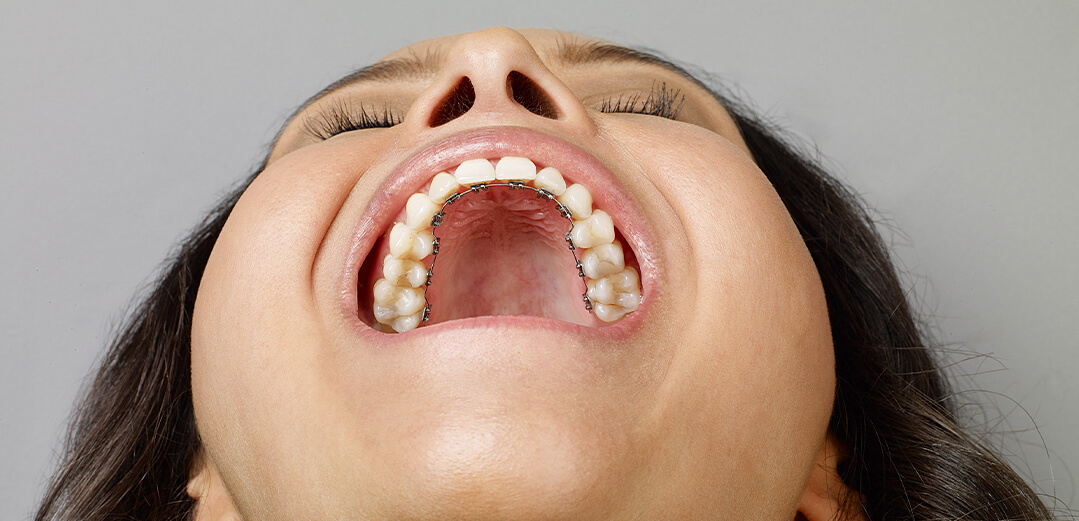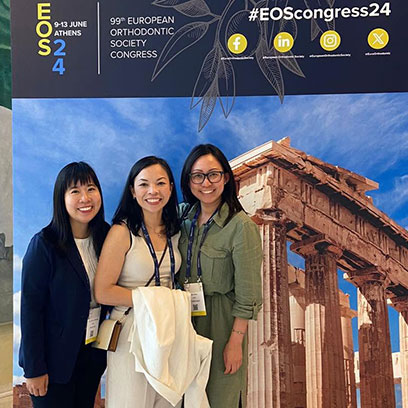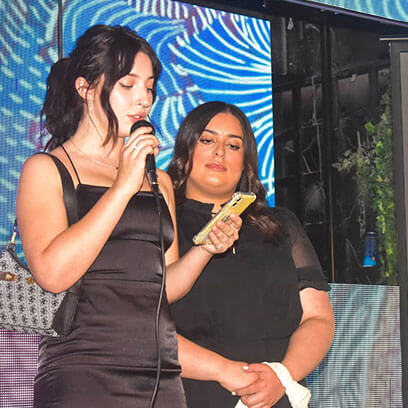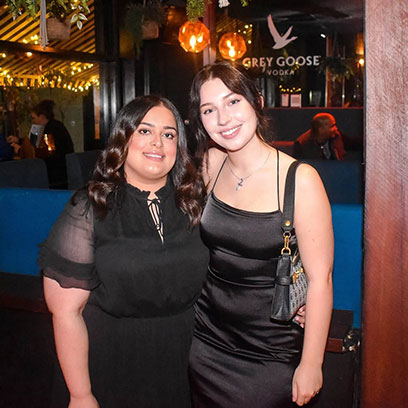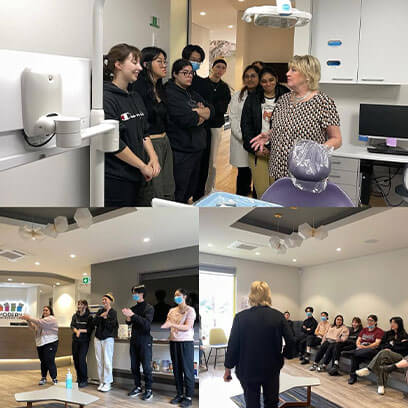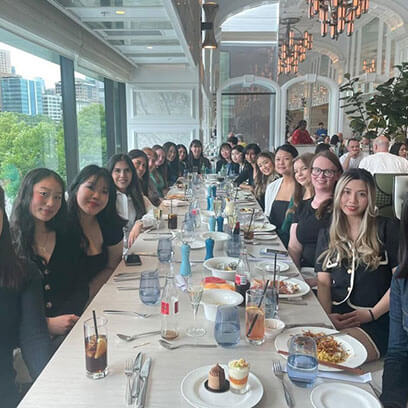How are lingual braces different?
Unlike your usual metal braces which are attached to the front of the teeth, lingual braces are attached to the back of your teeth. This makes them almost invisible, and would explain why you wouldn’t have noticed them on Leila’s teeth. They’re the perfect solution for people like Leila who are in the public eye, and don’t really want to show the whole world that they are undergoing orthodontic treatment.
What are the disadvantages of lingual braces?
As Leila addressed in her recent blog post on Mama Mia, one side effect of lingual braces is that you may develop a slight lisp. Because the hardware is attached to the inside of your teeth, it can get in the way of the normal movement of your tongue when you are speaking. Some people will find this affects them more than others, and some people may not experience this at all. It all comes down to your unique set of circumstances and the exact treatment you require. Most people also find that as they get used to the braces, the effects diminish and become far less obvious.
How much do lingual braces cost?
With all orthodontic treatments, the cost will be dependent on your exact circumstances. As lingual braces are hidden from view and, therefore, are quite a bit trickier for your orthodontist to model and fit, they are more expensive than conventional braces. That said, the invisibility of them has proven invaluable for people such as Leila McKinnon, so if you really need your orthodontic treatment to be properly invisible, then lingual braces would quite likely be an excellent fit for you.
Are lingual braces better than Invisalign?
In orthodontics, the best treatment comes down to your own personal circumstances. Invisalign is extremely popular and very effective, but it cannot fix more complex issues such as Leila McKinnon’s anterior open bite. Lingual braces, on the other hand, can fix everything that conventional braces can fix, without having to live with wires on the front of your teeth for several years. Your orthodontist will be able to advise you as to the best treatment course for you.
How long will I need to wear lingual braces?
Again, the answer to this question is dependent on your unique circumstances, but in general, you will need to wear lingual braces for between 18 and 36 months. Your orthodontist will be able to advise you of your approximate treatment time at your consultation.
Are lingual braces hard to clean?
Just like normal braces, lingual braces will require you to really keep up your oral hygiene to ensure gingivitis or decay don’t set in. It’s also really important to have a professional clean done every six months. Our specialist orthodontists at Modern Orthodontics will provide you with all the instructions and tips to make sure your lingual braces will be well looked after.
Where can I get lingual braces in Melbourne?
Modern Orthodontics is proud to offer lingual braces. For your convenience we have two locations; Preston and Mount Waverley. Contact us today to book your free orthodontic consultation and find out whether lingual braces could help you get a straighter smile!
Please note, Modern Orthodontics does not treat Leila McKinnon, or have any professional alliance with her. We simply loved her honesty about her orthodontic treatment.
Back
